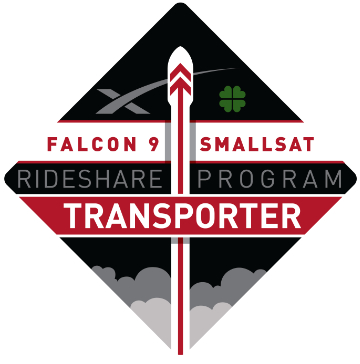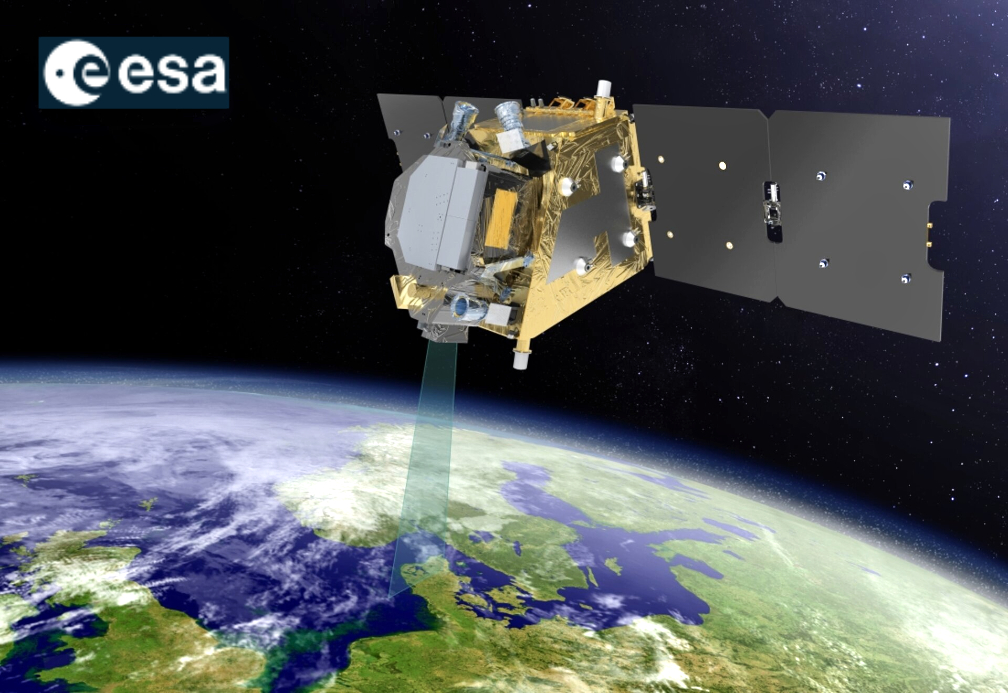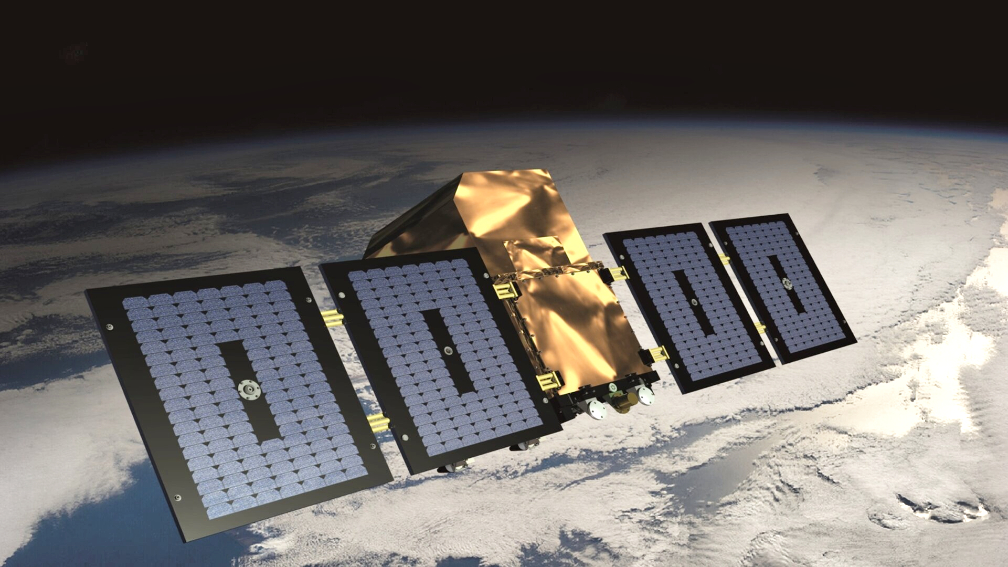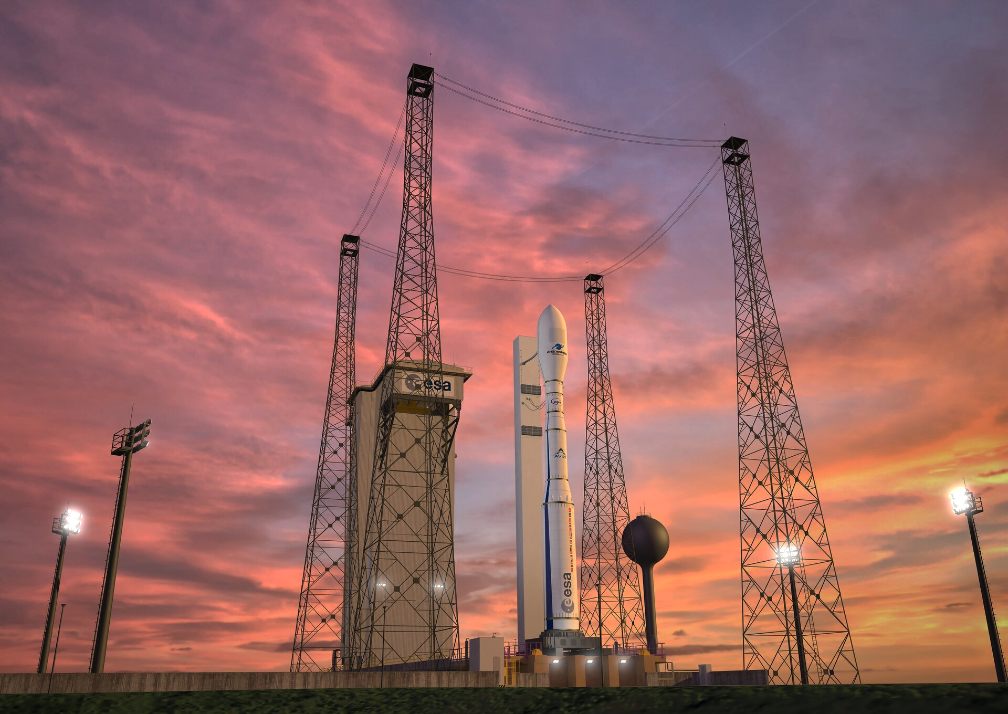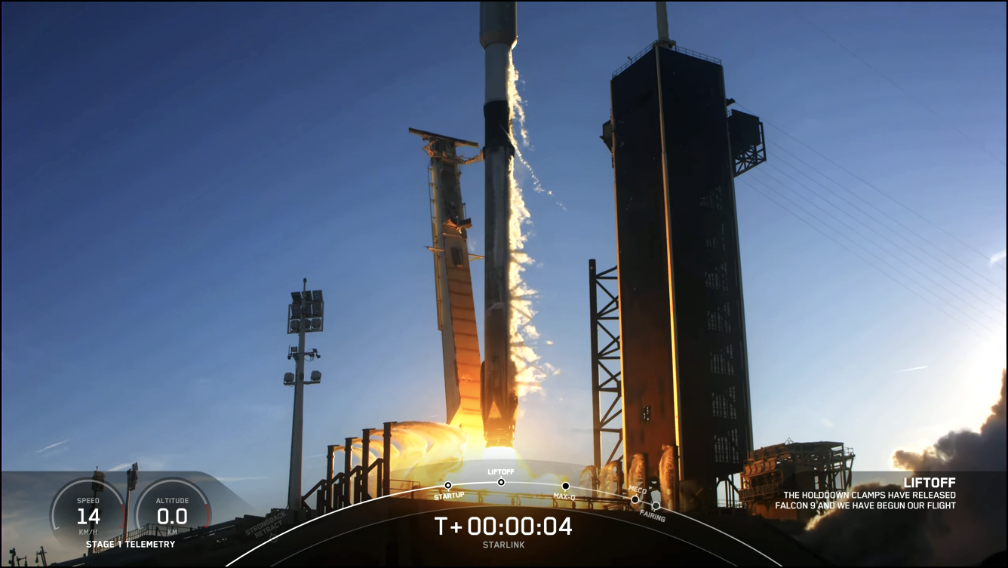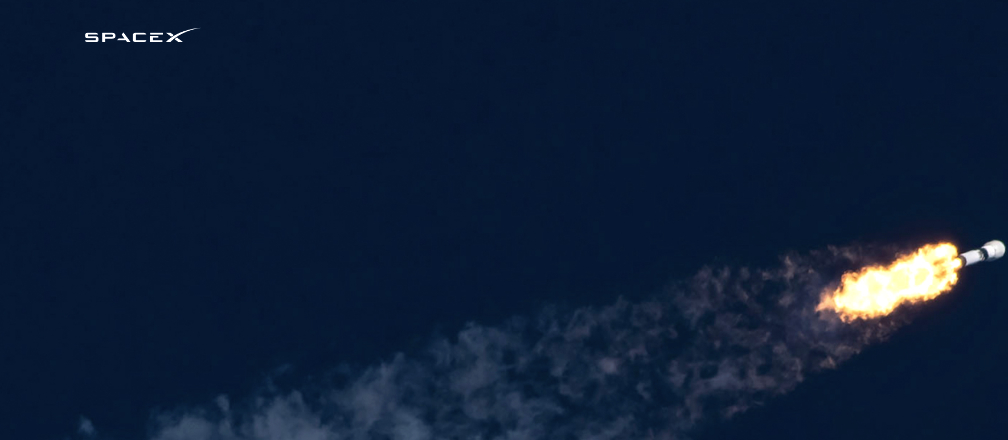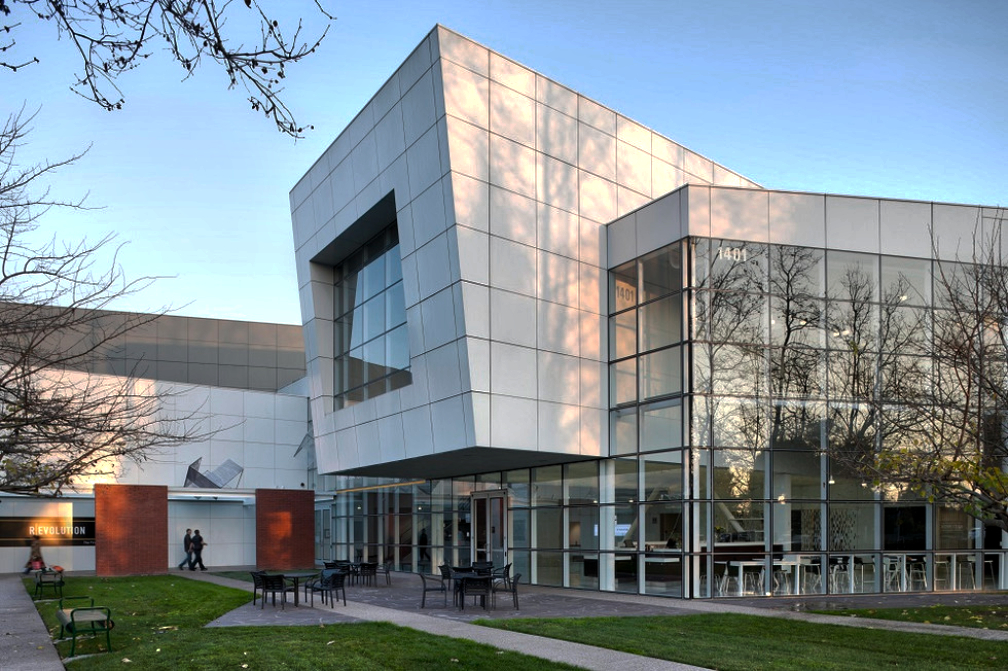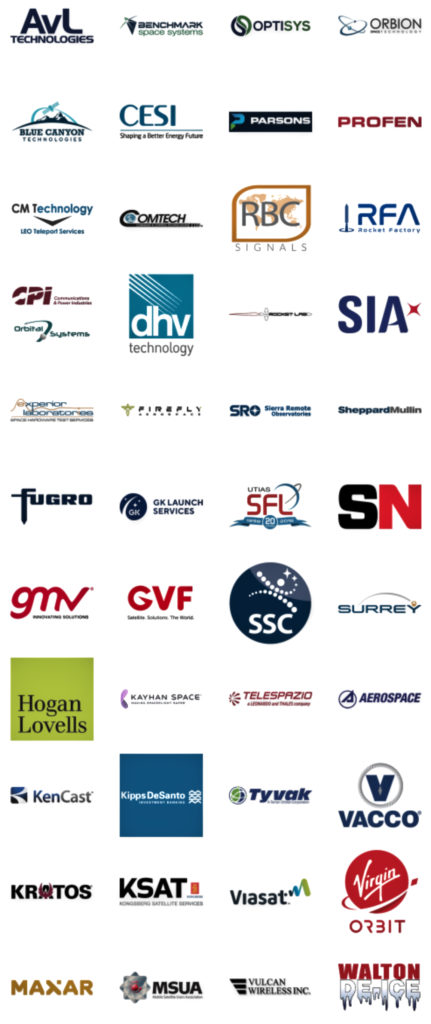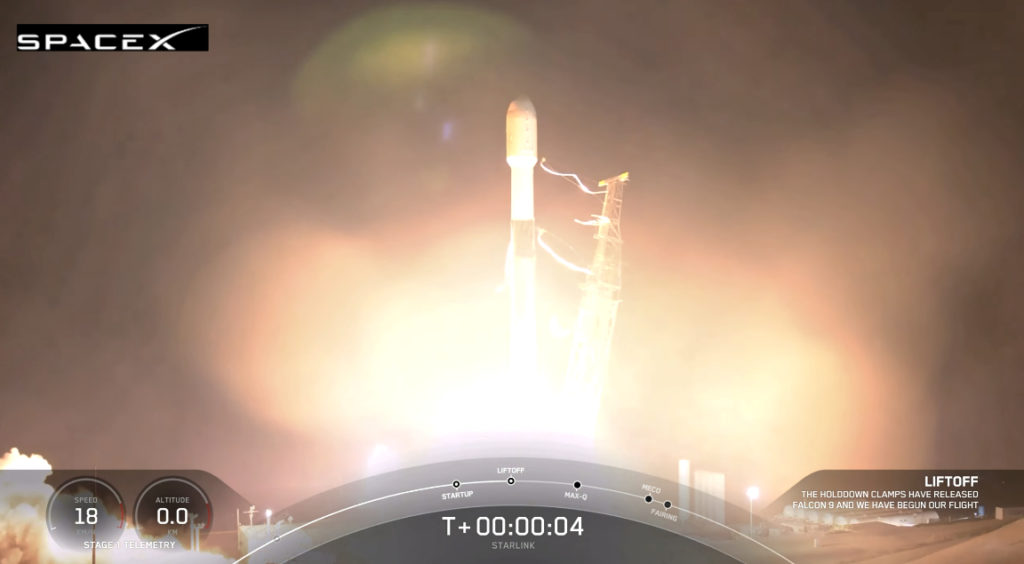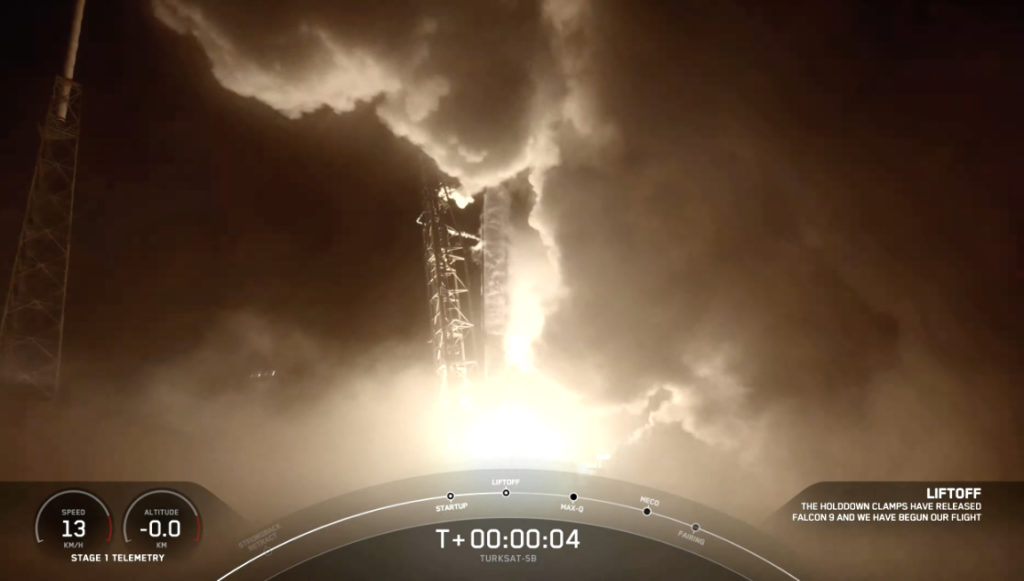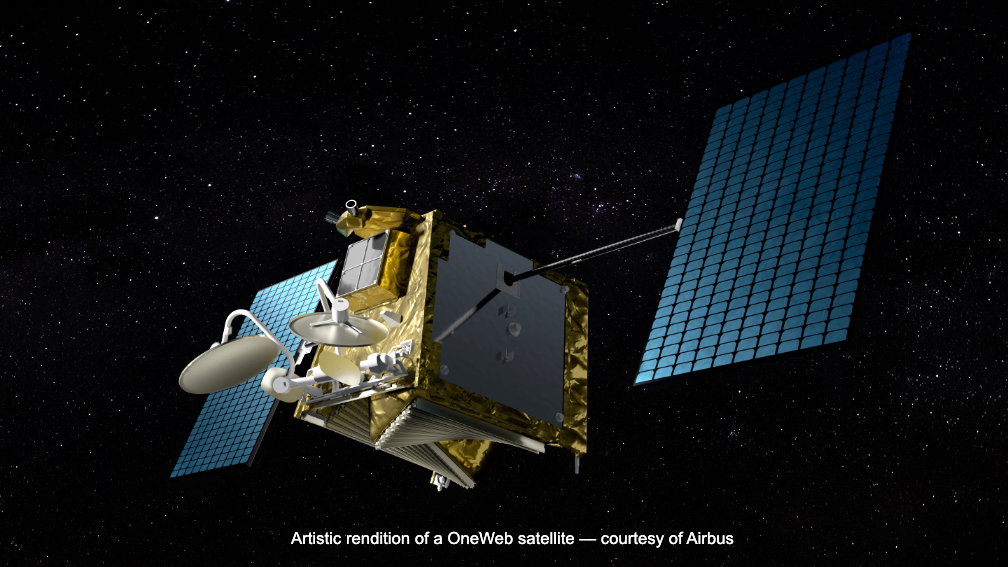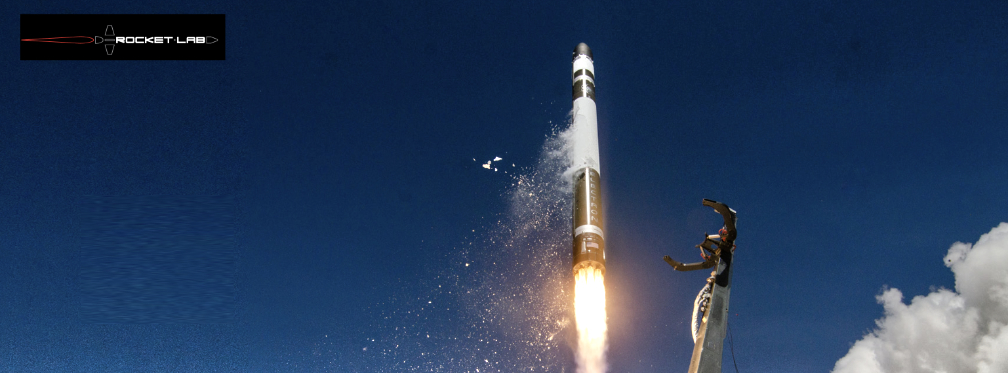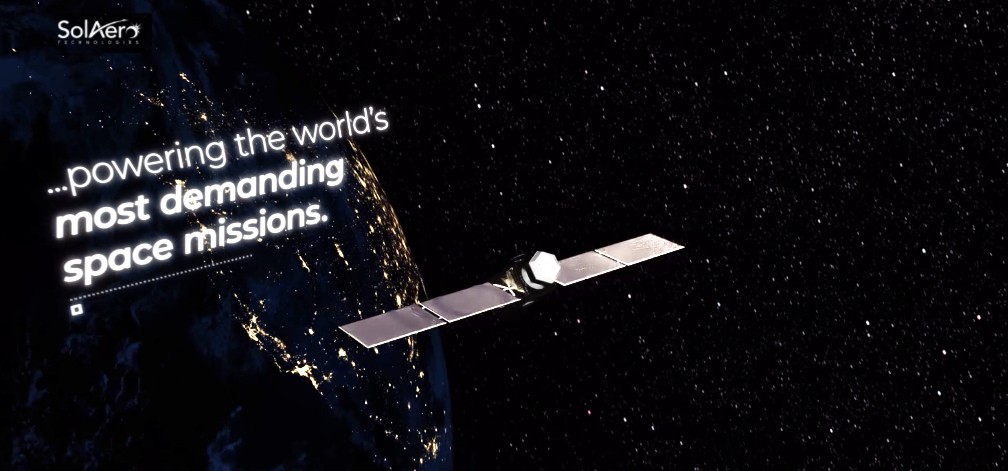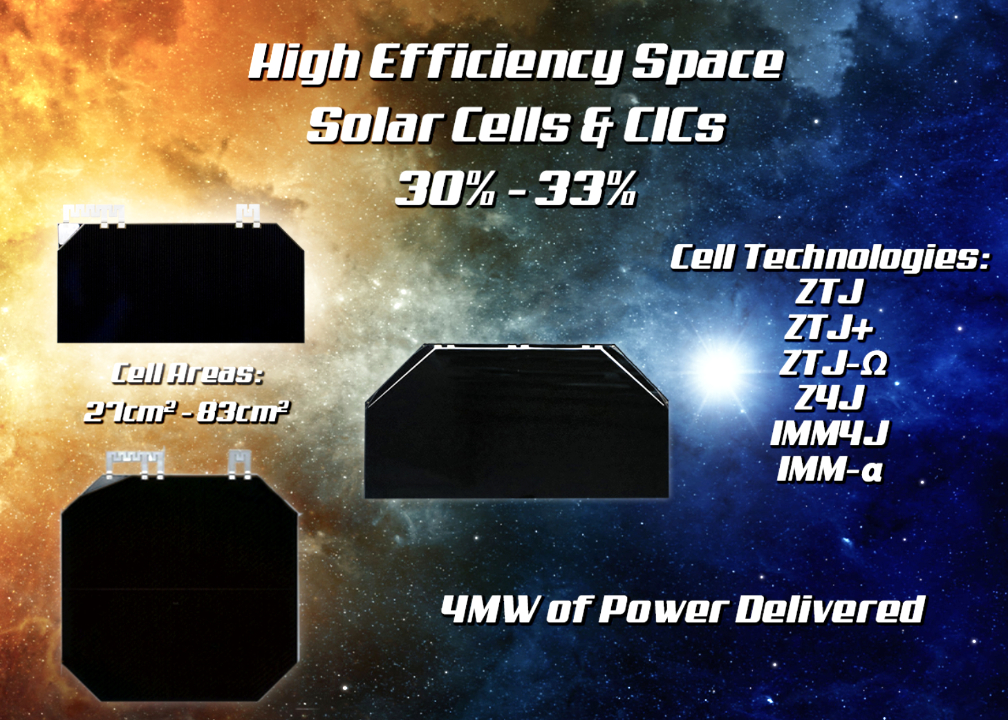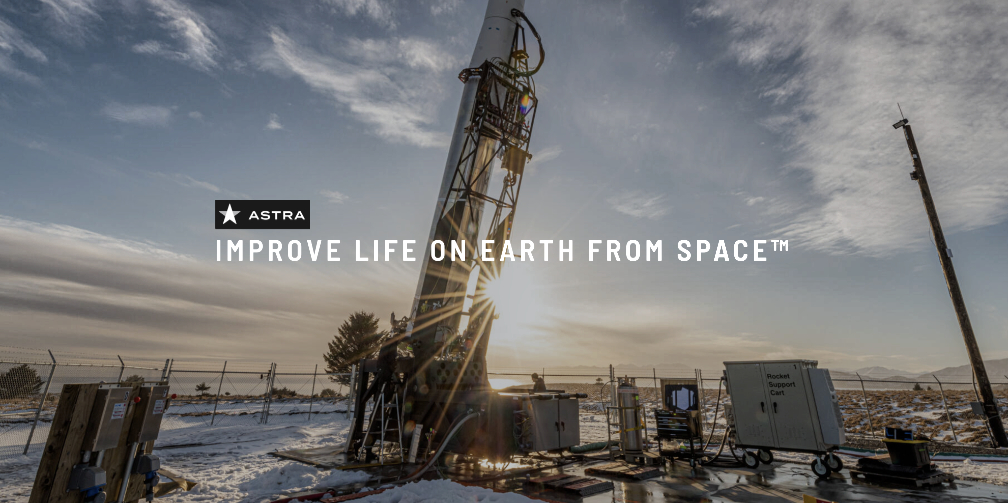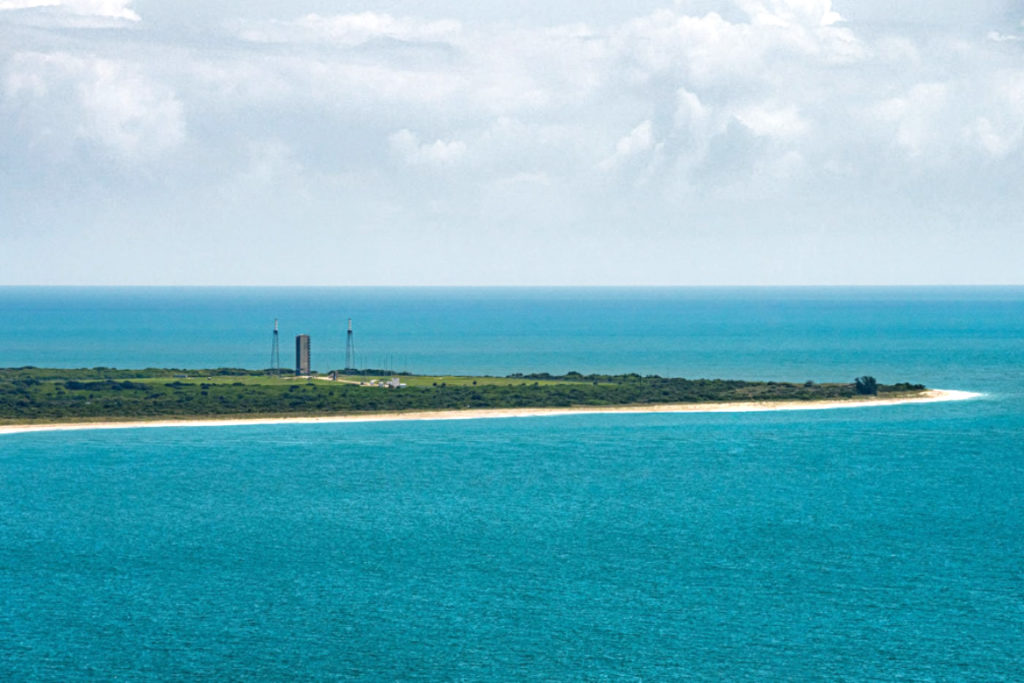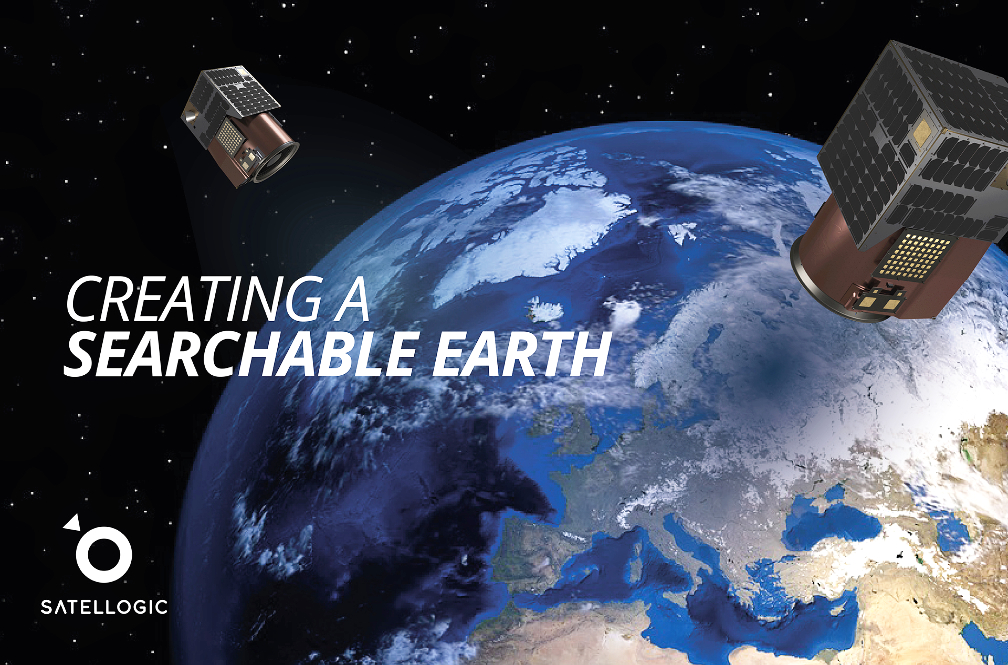
Liberty Strategic Capital, a private equity firm founded and led by former Secretary of the Treasury Steven T. Mnuchin, has entered into a definitive agreement to invest $150 million in Satellogic, Inc. (“Satellogic”), in connection with its merger involving CF Acquisition Corp. V (“CFV”), a special purpose acquisition company (SPAC) sponsored by Cantor Fitzgerald and pursuant to which Satellogic will become a publicly traded company.

Satellogic specializes in high-resolution imagery of the Earth’s surface obtained through a constellation of LEO satellites. Liberty’s contemplated investment brings the total capital raised to more than $265 million, net of expected redemptions of CFV stock, and including a $100 million combined investment led by SoftBank and Cantor Fitzgerald, among other top-tier institutional investors. This will be Liberty Strategic Capital’s third investment since the company’s founding.
CFV was formed as a “blank check” company in January of 2020 and completed an IPO in February of 2021 at a price of $10 per unit. In July 2021, CFV and Satellogic announced plans to merge at an implied enterprise value of $850 million. The stockholder vote of CFV to approve the proposed merger is currently scheduled for January 24, 2022.
In exchange for this investment, Liberty will receive 20,000,000 Class A ordinary shares of Satellogic at $7.50 per share, as well as 5,000,000 warrants with a strike price of $10 per share and 15,000,000 warrants with a strike price of $15 per share. Upon closing, Satellogic’s Class A ordinary shares are expected to be listed on NASDAQ under the ticker symbol “SATL”.
Satellogic is a provider of low-cost, sub-meter satellite imagery to governments and commercial customers worldwide with plans to remap the entirety of the Earth’s surface once each day. Legacy approaches to Earth imaging have depended on large, complex satellites that were expensive to manufacture and launch, making it difficult for users to obtain imagery quickly and cheaply. Satellogic has developed a differentiated, highly efficient small satellite network that promises to unlock access to near real-time, high-resolution imagery for a multitude of users, helping businesses to farm more efficiently, monitor oil pipelines for leaks, and manage forest replantings, among other uses.
In connection with Liberty’s investment in Satellogic, Liberty will secure two board seats. Secretary Mnuchin will join Satellogic’s Board of Directors as Non-Executive Chairman. Liberty’s investment is contingent upon the completion of CFV’s merger with Satellogic and is further subject to a waiting period under the Hart-Scott-Rodino Act.
Secretary Mnuchin, Founder and Managing Partner of Liberty Strategic Capital, said, “It is hard to overstate the importance of up-to-date, high resolution Earth imagery as an aid to decision making across a broad variety of contexts. As Satellogic builds out its network to provide daily remaps of the Earth’s surface at a low cost, we believe the company is well positioned to provide governments and businesses with the information they need to make better, more well-informed decisions with respect to a host of pressing problems. We are excited to partner with Satellogic as they continue to innovate in this exciting and growing market.”
Emiliano Kargieman, CEO of Satellogic, said, “We are thrilled to welcome Secretary Mnuchin to the Satellogic Board of Directors, and Liberty and its investors to our ownership as a public company. This transaction is a significant step as we continue towards our plan of daily sub-meter resolution world remaps ready to address vast and affordable commercial applications.”
Howard W. Lutnick, Chairman and CEO of Cantor Fitzgerald and CFV, said, “I’m excited Secretary Mnuchin and the team at Liberty share our enthusiasm for the enormous value daily images of the entire Earth’s surface at sub-meter resolution could unlock, which is now possible with the funding achieved. Satellogic’s low earth images will bring many opportunities to the private sector and governments world-wide.”
Paul, Weiss, Rifkind, Wharton & Garrison LLP is serving as legal counsel to Liberty Strategic Capital. Cantor Fitzgerald & Co. is serving as financial advisor and capital markets advisor to CFV as well as placement agent on the PIPE, with Hughes Hubbard & Reed LLP serving as legal counsel to CFV. J.P. Morgan is serving as financial advisor to Satellogic, with Friedman Kaplan Seiler & Adelman LLP and Greenberg Traurig LLP serving as legal counsel.
Founded in 2010 by Emiliano Kargieman and Gerardo Richarte, Satellogic is the first vertically integrated geospatial company, driving real outcomes with planetary-scale insights. Satellogic is building the first scalable, fully automated Earth Observation platform with the ability to remap the entire planet at both high-frequency and high-resolution, providing accessible and affordable solutions for customers.

